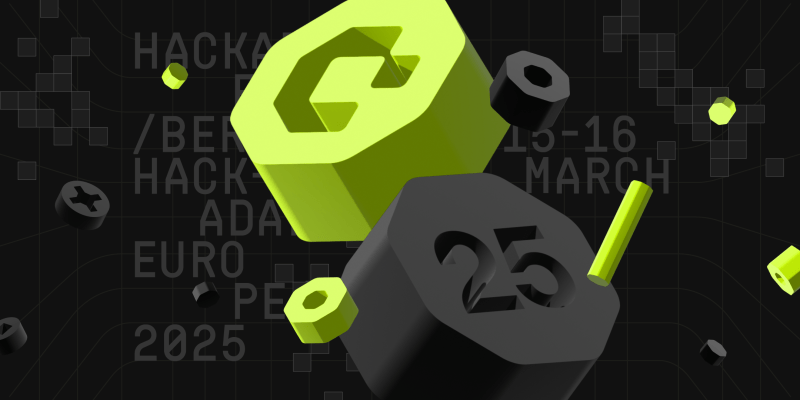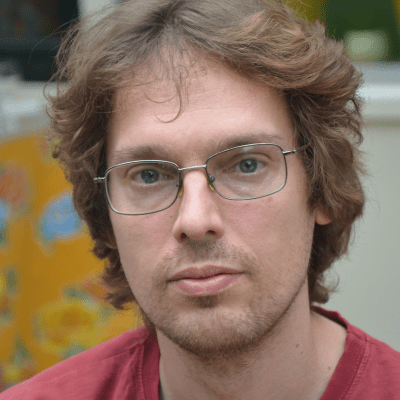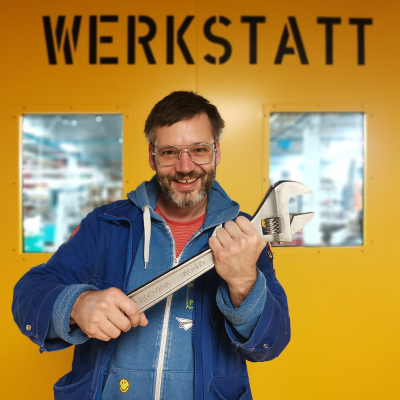If you’ve been waiting for news from our upcoming Hackaday Europe event in March, wait no longer. We’re excited to announce the first slice of our wonderful speakers lineup! Get your tickets now,
Hackaday Europe is going down again in Berlin this year on March 15th and 16th at MotionLab. It’s Hackaday, but in real life, and it’s too much fun. The badge is off-the-scale cool, powered by the incredible creativity of our community who entered the Supercon SAO contest last fall, and we’re absolutely stoked to be tossing the four winning entries into your schwag bag in Europe.
If you already know you’ll be attending and would like to give a seven-minute Lightning Talk on Sunday, we’re also opening up the call for talks there. Tell us now what you’d like to talk about so we can all hear it on Sunday morning.
We’re looking forward to the talks and to seeing you all there! We’re getting the last few speakers ironed out, have a keynote talk to announce, and, of course, will open up workshop signups. So stay tuned!
Seeing Through Silicon with IRIS Imaging
IRIS (InfraRed, In-Situ) is a technique for imaging silicon chips in CSP-type packages without removing them from the circuit board. In this short talk, I’ll go over the basics of how the technique works, show a couple of ways to implement it, and share some images of chips.
Hardware Startup/Product Pitfalls
This talk is designed to demystify what causes failures and help hardware startups and innovation projects navigate the complex journey of hardware development by identifying and avoiding common pitfalls. With a focus on providing some examples and actionable strategies, it aims to equip teams to overcome challenges and build a strong foundation for success.
Creating light sculptures for fun and, … mostly for fun.
This talk will be about solving interesting problems that I created for myself in the process of creating light sculptures:
– Calculating polyhedral shapes
– Turning those into laser-cut pieces, or oddly-shaped PCBs
– Various methods of routing and driving LEDs
– and creating software that takes advantage of the sculptural nature of the light installation.
Vectors, Pixels, Plotters and Public Participation
In his talk, Niklas will highlight some of his latest projects that use DIY machines to involve communities in creating art together. From a graffiti robot to a giant mosaic that was designed by an entire neighborhood with the help of a mobile arcade machine, he’ll share the stories behind his inventions. He will discuss his sources of inspiration, the creative process and thoughts about inclusiveness guiding the development of the machines, and the joy of watching diverse people interact with and contribute to these unconventional art pieces.
Developing a NFC-based decentralized payment system for a music festival
For a small volunteer-run music festival we designed and built a custom decentralized NFC payment system. Due to the nature of the festival, the design of the system and hardware had some unique requirements: It had to be fully decentralized and not rely on network connection, which created some interesting security challenges. We also developed custom hardware terminals (based on ESP32) to be used at point-of-sale.
























err, wrong chat? or at least wrong article you’ve posted on, mate.